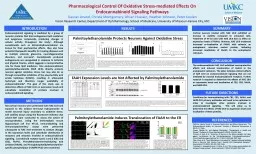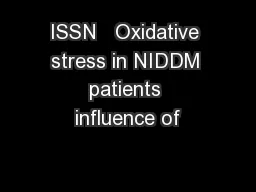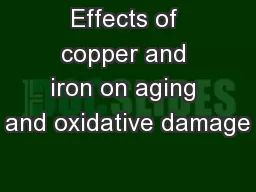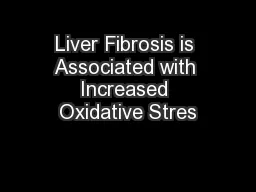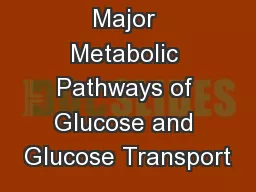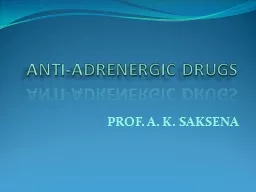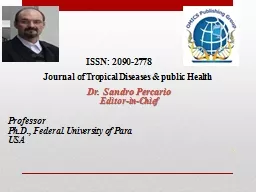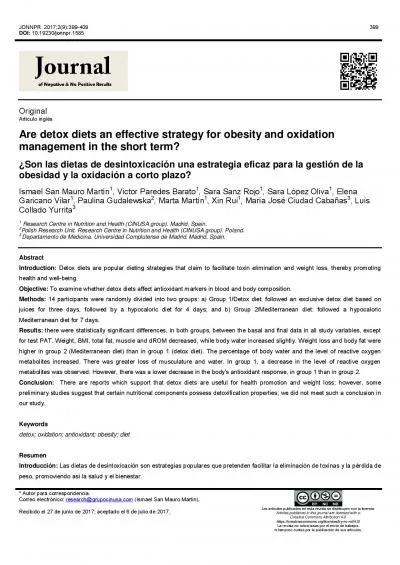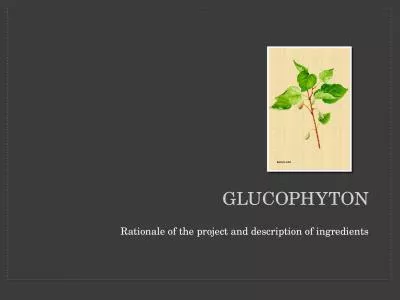PPT-INTRODUCTION Pharmacological Control Of Oxidative Stress-mediated Effects On
Author : olivia-moreira | Published Date : 2018-10-13
Endocannabinoid Signaling Pathways Gaurav Anand Christa Montgomery Ahsan Hussain Heather Johnson Peter Koulen Vision Research Center Department of Ophthalmology
Presentation Embed Code
Download Presentation
Download Presentation The PPT/PDF document "INTRODUCTION Pharmacological Control Of ..." is the property of its rightful owner. Permission is granted to download and print the materials on this website for personal, non-commercial use only, and to display it on your personal computer provided you do not modify the materials and that you retain all copyright notices contained in the materials. By downloading content from our website, you accept the terms of this agreement.
INTRODUCTION Pharmacological Control Of Oxidative Stress-mediated Effects On: Transcript
Download Rules Of Document
"INTRODUCTION Pharmacological Control Of Oxidative Stress-mediated Effects On"The content belongs to its owner. You may download and print it for personal use, without modification, and keep all copyright notices. By downloading, you agree to these terms.
Related Documents

